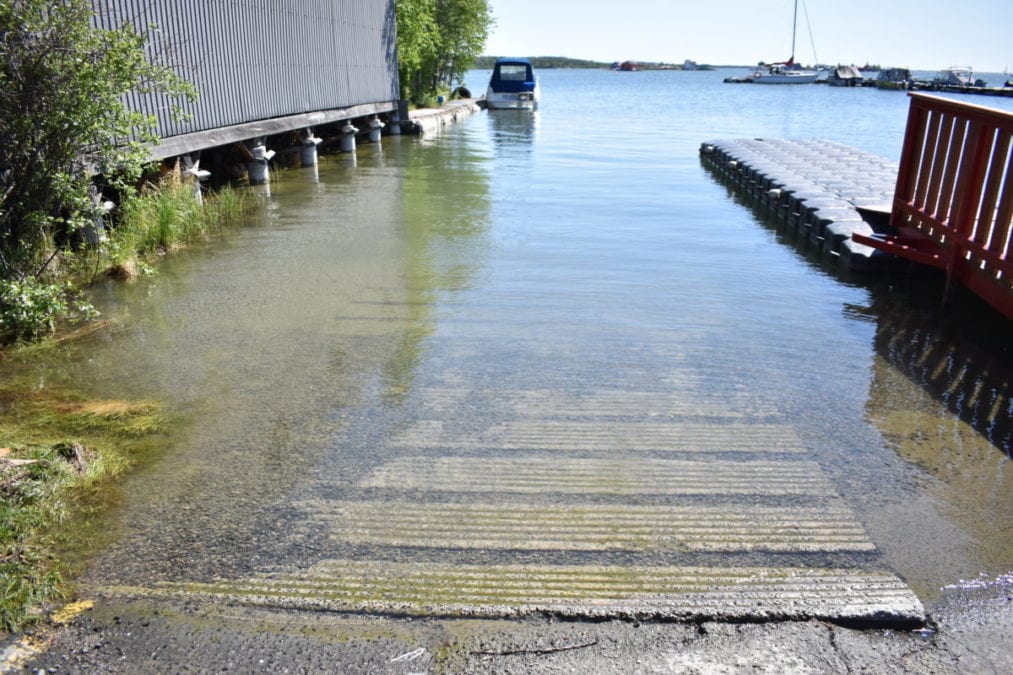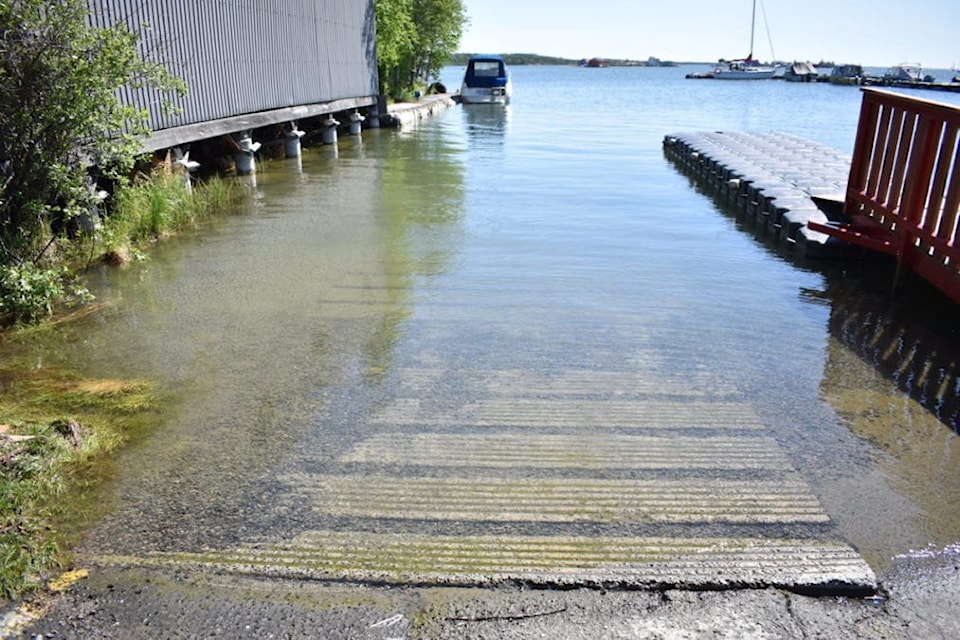The higher water level of Great Slave Lake this summer isn't just a vague perception - it's a fact that holds water, a lot of water.
The level of the lake is in fact about 25 centimetres higher this year than the average of the last 48 years, said Shawne Kokelj, a hydrologist with the GNWT's Department of Environment and Natural Resources, citing the Water Survey of Canada.
Assessments of Great Slave lake water levels use 1972 as a start date for records because the hydroelectric regulation of the Peace River in that year changed the flow into the Slave River and Great Slave Lake. The lake's level has averaged between 156 and 157 m above sea level for most of the data period going back to 1941.

This year's high lake level is the result of high snowpack volumes in the region SA����Ӱ�Ӵ�ý�encompassing northern British Columbia, northern Alberta, southern Yukon and northern Saskatchewan and southern NWTSA����Ӱ�Ӵ�ý� combined with a late but rapid onset of melt, and more recent precipitation, said Kokelj.
That region accounts for 75 per cent of the water flows into Great Slave Lake.
Another factor is that most lake and river levels in the southern NWT and other jurisdictions have recovered from the dry conditions of 2014-2016.
SA����Ӱ�Ӵ�ý�Tributaries that may have stopped contributing water downstream are likely re-connected, and adding volume to the larger rivers once again,SA����Ӱ�Ӵ�ý� said Kokelj, who added that many waterways in the southern NWT such as the Hay and Liard rivers also have higher levels.
The rising waters are making their presence known with Yellowknife residents and businesses as well.
SA����Ӱ�Ӵ�ý�It's the highest I've ever seen it. I've lived here for 46 years. I've lived in my current residence since 1989,SA����Ӱ�Ӵ�ý� said John Stephenson, who lives on Latham Island.
SA����Ӱ�Ӵ�ý�I know because my dock was designed for cribbing. There are rocks inside a metal crib pinned to the wood SA����Ӱ�Ӵ�ý� but now it's floating. Water has lifted the dock off the crib. That's also because the wood is old and the nails have loosened. So my fixed dock is now a floating dock. It's sketchy to walk on and useless as a dock. If I walk on it the water is ankle deep. It's a good four or five centimetres above the dock.SA����Ӱ�Ӵ�ý�
Stephenson said the higher water level has been depositing more debris like grass, twigs, boards and driftwood on his shoreline.
SA����Ӱ�Ӵ�ý�I've heard that boaters have to look for more floating logs, some logs are big enough to be boating hazards.SA����Ӱ�Ӵ�ý�
A positive effect of the swelling waters is that cottage owners on Walsh Lake can use motor boats to travel down a creek that connects Vee Lake with Walsh, instead of paddling down it with a canoe.
SA����Ӱ�Ӵ�ý�The water is high enough that they can put the motor down,SA����Ӱ�Ӵ�ý� Stephenson said.
For the operations of Air Tindi on Yellowknife Bay, the effect of the lake level would be worse if not for the Covid-19 pandemic.
SA����Ӱ�Ӵ�ý�One of our docks, which would typically house the Cessna Caravan, is completely swamped,SA����Ӱ�Ӵ�ý� said Chris Reynolds, Air Tindi president. SA����Ӱ�Ӵ�ý�We would have had to modify operations to operate normally, but due to the closed NWT border, we are operating fewer float planes than we ever have in our 32 year history.SA����Ӱ�Ӵ�ý�

.png;w=120;h=80;mode=crop)

